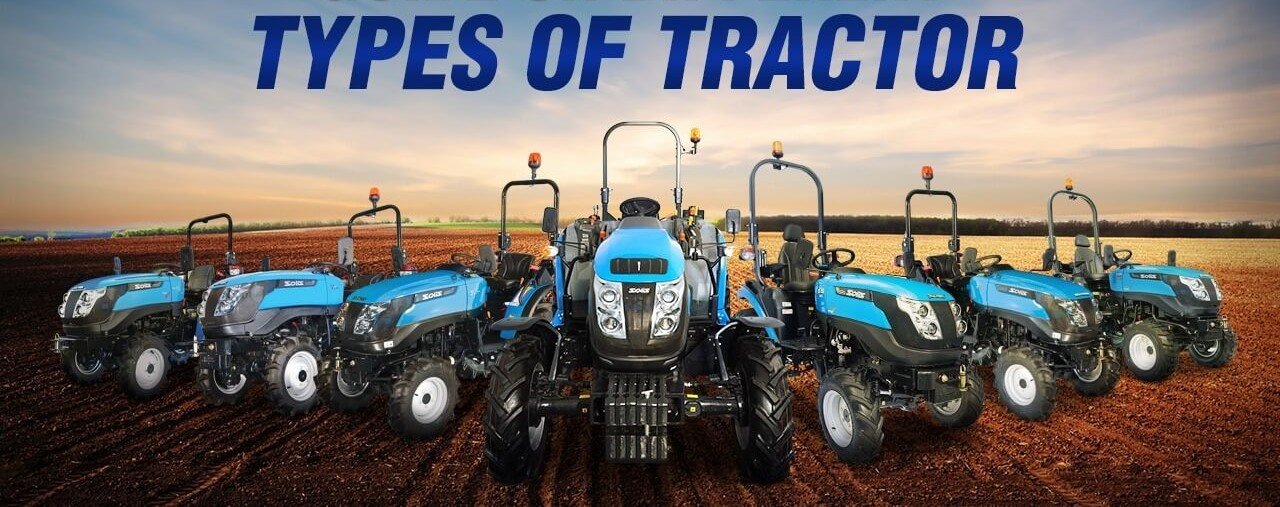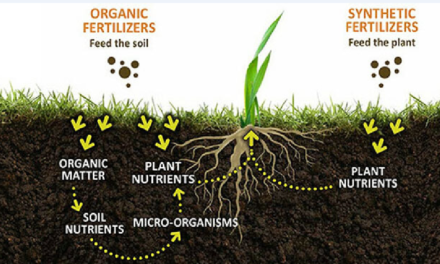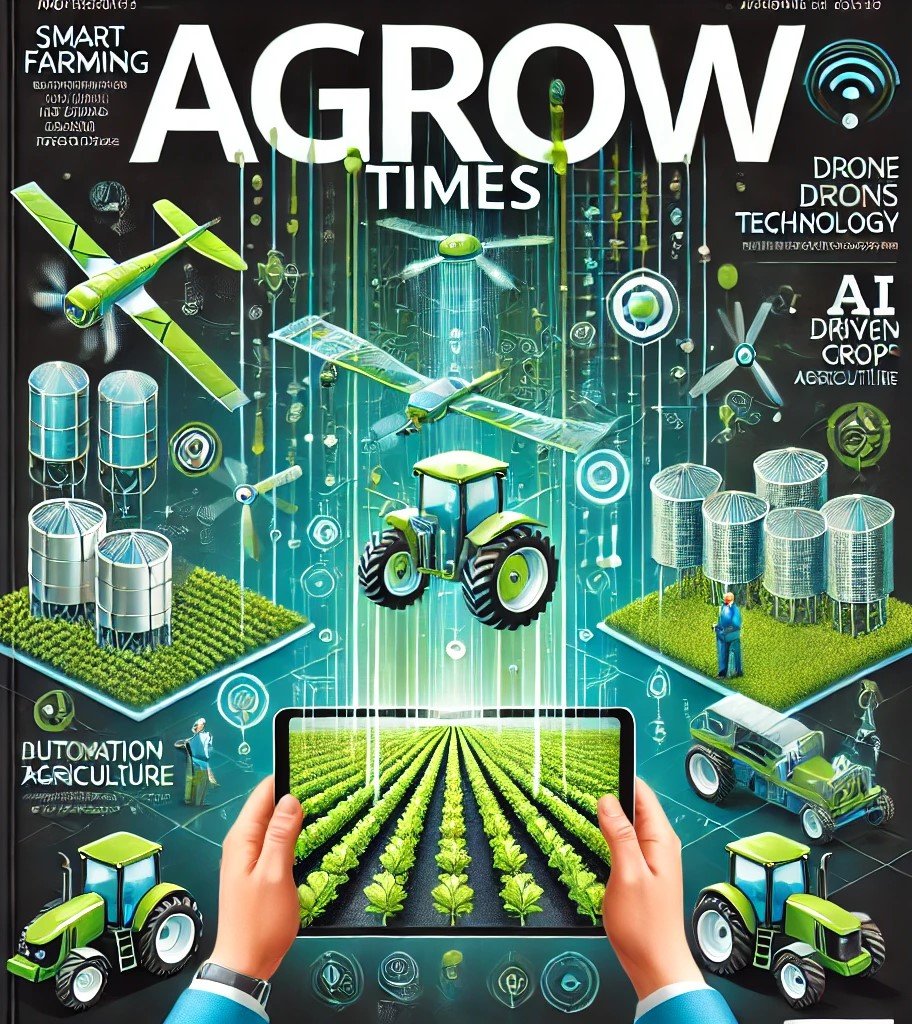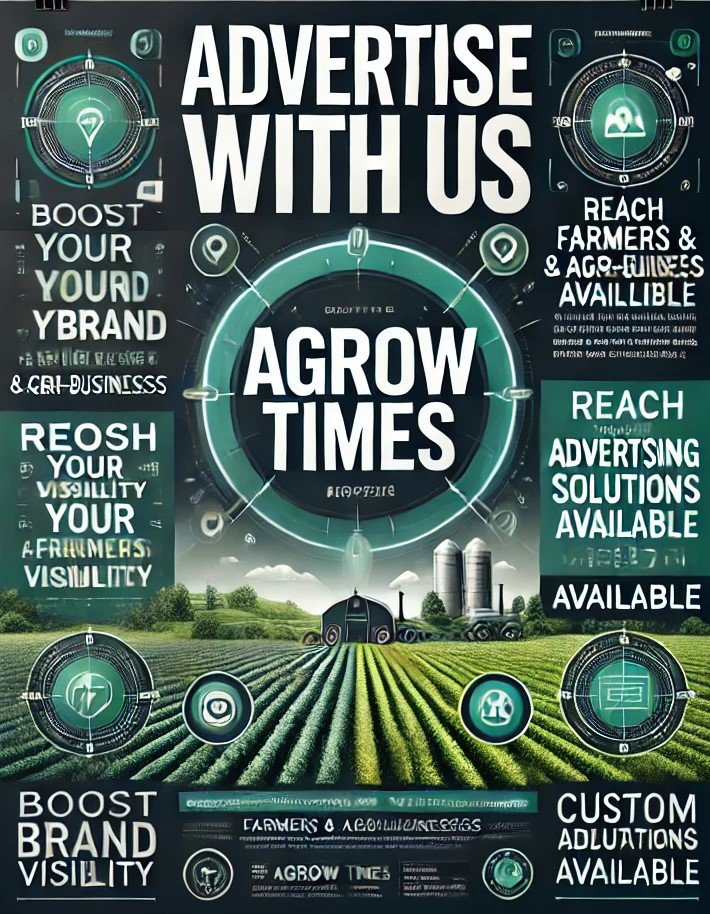Tractors are essential machines in agriculture, designed to perform a wide variety of tasks. Depending on the specific needs of a farm, tractors are categorized based on their size, functionality, and the types of operations they support. Here are the different types of tractors used in agriculture:
1. Utility Tractors
- Purpose:
- Multi-purpose tractors used for general farming tasks, such as plowing, harrowing, hauling, and planting.
- Features:
- Medium horsepower range (40–100 HP).
- Often equipped with attachments like loaders, mowers, and backhoes.
- Best For:
- Small to medium-sized farms with diverse agricultural activities.
- Example:
- John Deere 5E Series or Mahindra 575 DI.
2. Row-Crop Tractors
- Purpose:
- Designed specifically for row-crop farming (e.g., corn, soybeans, and wheat).
- Features:
- High ground clearance for working between rows without damaging crops.
- Narrower tires for precise navigation through rows.
- Adjustable axle width for different row spacings.
- Best For:
- Large farms focusing on row crops that require precision.
- Example:
- Case IH Magnum Series or New Holland T7 Series.
3. Compact Tractors
- Purpose:
- Small-sized tractors used for light-duty tasks on small farms, gardens, or orchards.
- Features:
- Low horsepower range (15–40 HP).
- Compact design for maneuvering in tight spaces.
- Best For:
- Hobby farms, landscaping, or small orchards.
- Example:
- Kubota BX Series or John Deere 1 Series.
4. Orchard Tractors
- Purpose:
- Specialized tractors designed for orchards and vineyards.
- Features:
- Narrow and low-profile designs to move easily between trees and vines.
- Often fitted with protective shields to avoid damaging crops.
- Best For:
- Fruit orchards and vineyards where space is limited.
- Example:
- Massey Ferguson 3700 Series or New Holland T4 F/N/V Series.
5. Garden Tractors
- Purpose:
- Small tractors for maintaining gardens and lawns.
- Features:
- Low horsepower range (10–25 HP).
- Typically equipped with a mowing deck.
- Best For:
- Residential use, gardening, and landscaping.
- Example:
- Husqvarna TS 354XD or John Deere X500 Series.
6. Industrial Tractors
- Purpose:
- Heavy-duty tractors used for non-agricultural purposes like construction and industrial work.
- Features:
- Equipped with loaders, backhoes, or excavators.
- High durability for rough terrains and heavy loads.
- Best For:
- Construction projects, material handling, and transportation.
- Example:
- JCB 3DX Backhoe Loader or Caterpillar D Series.
7. Four-Wheel Drive (4WD) Tractors
- Purpose:
- High-power tractors designed for heavy-duty agricultural tasks.
- Features:
- Four-wheel drive for better traction on uneven or wet terrain.
- High horsepower range (80–600 HP).
- Best For:
- Large-scale farming, deep plowing, and working in challenging field conditions.
- Example:
- John Deere 9R Series or Case IH Steiger Series.
8. Track Tractors
- Purpose:
- Tractors with tracks instead of wheels for improved traction and reduced soil compaction.
- Features:
- Rubber or steel tracks for better flotation on loose soil or wet fields.
- Ideal for precision farming in sensitive soil conditions.
- Best For:
- Large-scale farms in regions with soft or loose soils.
- Example:
- Caterpillar Challenger Series or John Deere 8RX Series.
9. Compact Utility Tractors
- Purpose:
- A hybrid between compact and utility tractors, offering versatility for small to medium farms.
- Features:
- Medium horsepower range (20–60 HP).
- Compatible with a variety of attachments for mowing, tilling, or light plowing.
- Best For:
- Multi-functional use on small or diversified farms.
- Example:
- Kubota L Series or John Deere 3 Series.
10. High-Clearance Tractors
- Purpose:
- Specialized tractors with high ground clearance for working in tall crops like sugarcane or cotton.
- Features:
- Adjustable height and narrower design for inter-row operations.
- Best For:
- Farms growing tall or bushy crops that require maintenance after planting.
- Example:
- Mahindra Yuvo Tech+ or John Deere 6M Series.
11. Implement Carrier Tractors
- Purpose:
- Designed to carry or mount implements like sprayers, seed drills, or harvesters.
- Features:
- Long chassis to accommodate attachments.
- Versatile for multiple farming operations.
- Best For:
- Farms requiring multi-tasking machinery.
- Example:
- Eicher 242 Implement Carrier.
12. Autonomous Tractors
- Purpose:
- Driverless tractors designed for precision farming and automated tasks.
- Features:
- GPS and AI-driven systems for remote operation and precision farming.
- Sensors and cameras for obstacle detection and task monitoring.
- Best For:
- Large farms adopting advanced precision agriculture technologies.
- Example:
- John Deere Autonomous Tractor or Case IH Magnum Autonomous Tractor.
13. Utility Crawlers
- Purpose:
- Crawler-type tractors for heavy-duty operations on rough terrain.
- Features:
- Tracks instead of wheels for better traction on slopes or wet soils.
- Best For:
- Land reclamation, forestry, and working on hilly terrains.
- Example:
- Caterpillar D Series or Massey Ferguson Crawlers.
Conclusion
Different types of tractors cater to varying agricultural needs, from small gardens to large-scale commercial farms. Selecting the right tractor depends on the specific tasks, farm size, and crop type, ensuring efficiency and productivity in farming operations.
Hashtags
#FarmingInnovation #EfficientFarming #TractorPower #FarmingCommunity #TractorMaintenance #FarmingLife #TractorLove #FarmingTips #TractorGoals #FarmingGoals #TractorLife #FarmingTools #TractorPride #FarmingSuccess #TractorNation #FarmingInspiration #TractorEnvy #FarmingPassion #TractorAddict #FarmingExpertise #TractorEnthusiast









